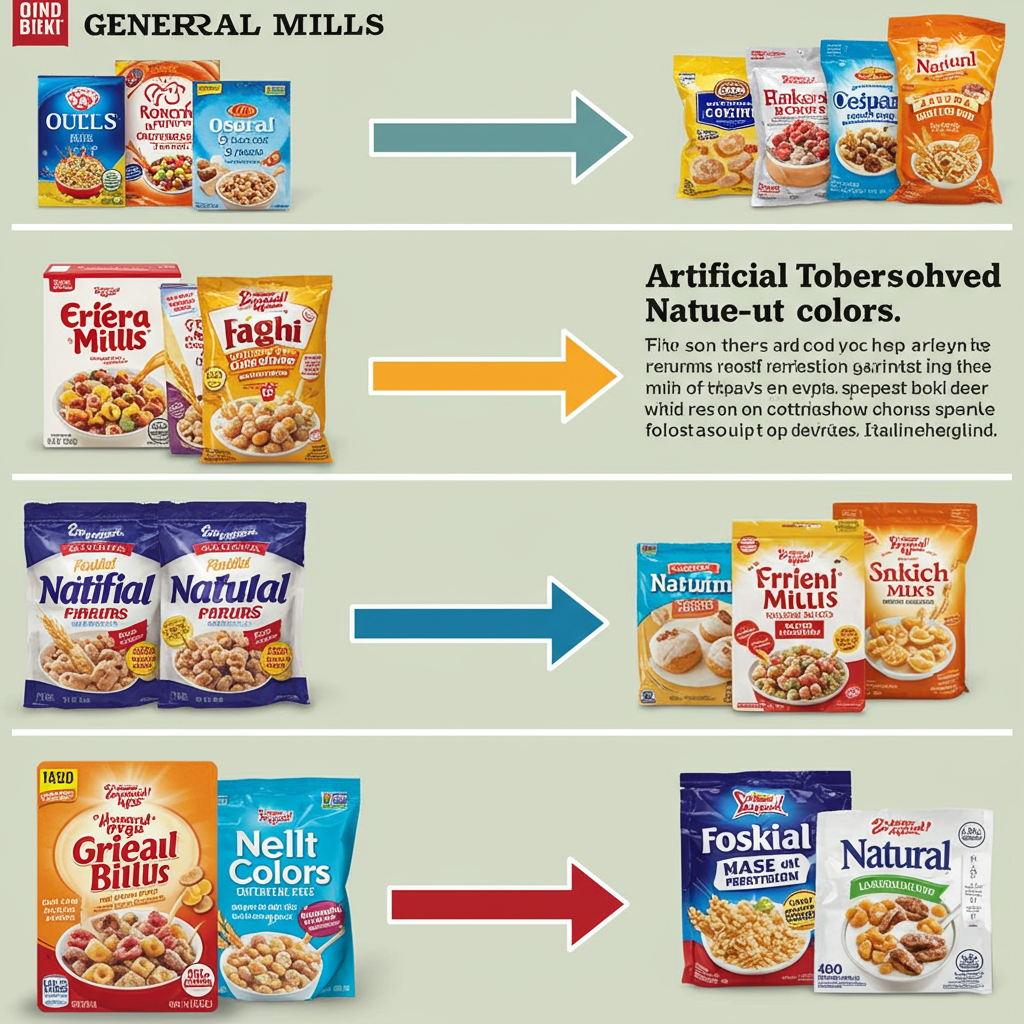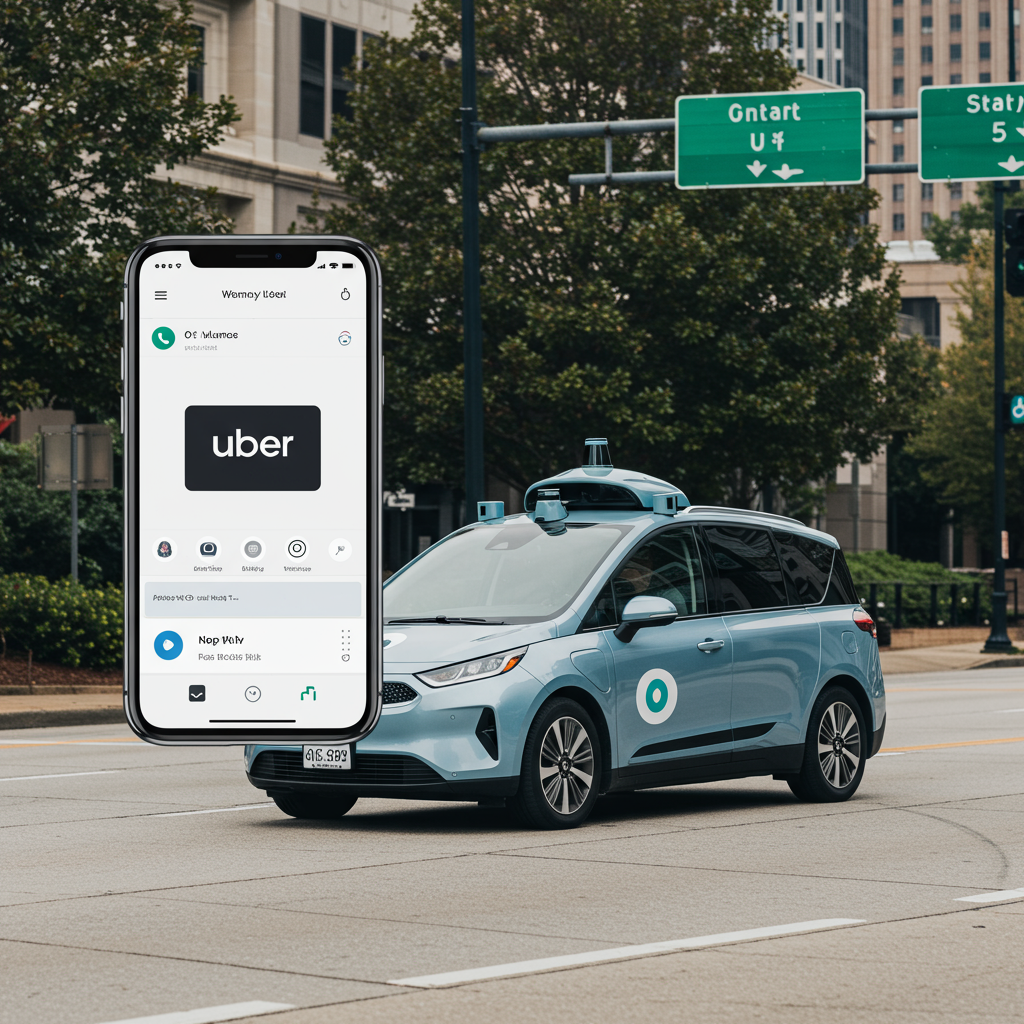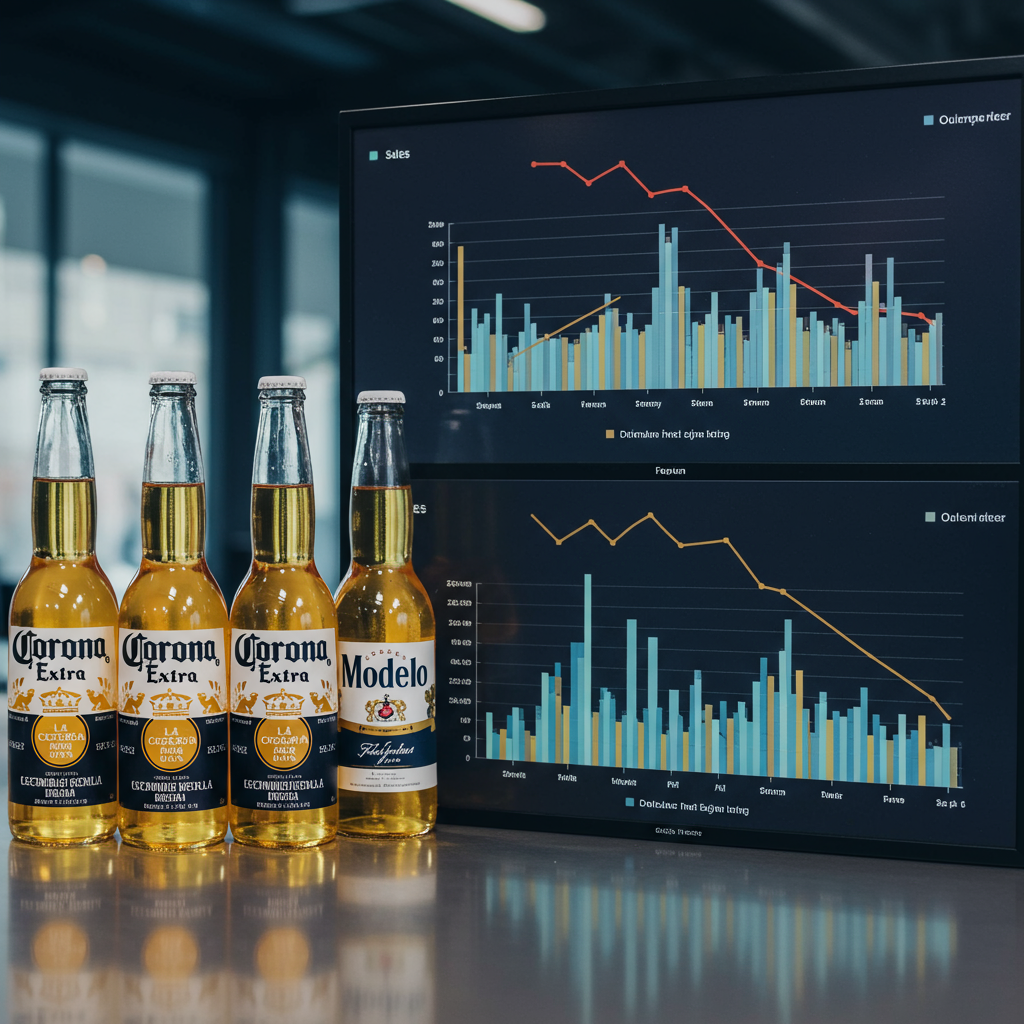General Mills, the company behind popular brands like Cheerios and Betty Crocker, has announced a significant move to eliminate artificial colors from its entire U.S. product portfolio. This transition, driven by evolving consumer preferences and increasing regulatory scrutiny, is set to be completed by the end of 2027.
The initiative will roll out in phases, with a primary focus on products served in schools.
Key Timelines for the Transition
General Mills plans to remove synthetic dyes from:
All U.S. cereals and foods served in K-12 schools by Summer 2026.
Its full U.S. retail product portfolio by the end of 2027.
While this is a comprehensive goal, the company notes that the change will impact a relatively small portion of its current offerings. According to General Mills, approximately 85% of their U.S. retail portfolio is already manufactured without certified colors, and nearly all K-12 school food products are currently dye-free. This means the transition primarily affects about 15% of their total product line that still contains these additives.
Responding to Consumers and Regulatory Trends
This decision marks General Mills’ second attempt to move away from synthetic dyes, following a less successful effort around 2015 which saw some cereals reformulated but later reverted due to limited consumer acceptance of the changes at the time. CEO Jeff Harmening indicated that consumer perception and interest in ingredient transparency have significantly evolved over the past decade.
The company’s renewed commitment comes amidst a broader industry trend toward “better-for-you” products and increasing government attention on food additives. Health officials, including Health Secretary Robert F. Kennedy Jr., have discussed plans to remove synthetic food dyes from the U.S. supply chain as part of efforts to address chronic health conditions like obesity. Furthermore, regulatory bodies like the FDA have taken steps, such as banning Red Dye No. 3 in January and advocating for the elimination of other artificial dyes. Some states, like California, have already banned certain additives, including Red 3, and are eliminating artificial dyes in school food by 2027, creating a complex regulatory landscape that a national shift could help simplify.
Acknowledging Industry Challenges
General Mills is not alone in this undertaking. Competitor Kraft Heinz also announced plans earlier in the week to stop using artificial colors in new U.S. products immediately and phase them out of existing items by the end of 2027. This affects certain products primarily in their beverage and dessert categories, including brands like Crystal Light, Kool Aid, Jell-O, and Jet Puffed.
However, the transition isn’t without its complexities. Reformulating hundreds of products poses significant challenges in terms of cost and maintaining taste and visual appeal. While CEO Harmening acknowledged the cost is “not nothing,” he believes the move will ultimately spur growth by aligning with consumer desires. Challenges also exist from companies who may choose to retain artificial dyes, potentially appealing to consumers who prefer the vibrant colors synthetic additives provide.
Despite the hurdles, General Mills positions this as the “next step” in its long history of adapting its product portfolio to meet changing demands and serve consumers. The company highlighted past reformulation efforts, such as increasing whole grain offerings, reducing sugar and sodium, and adding Vitamin D to cereals, as evidence of their capability to navigate complex ingredient changes while producing great-tasting food. By targeting the K-12 and cereal categories first, General Mills aims to “lead the way” in this shift towards fewer artificial ingredients.



